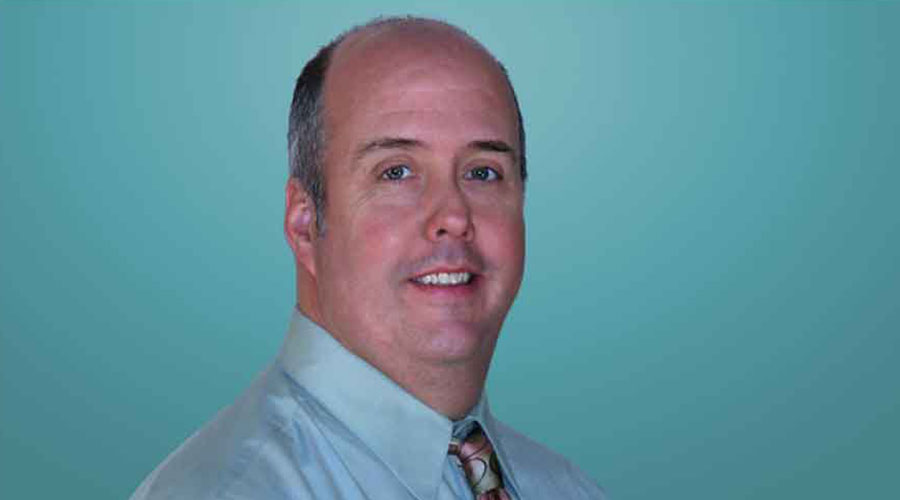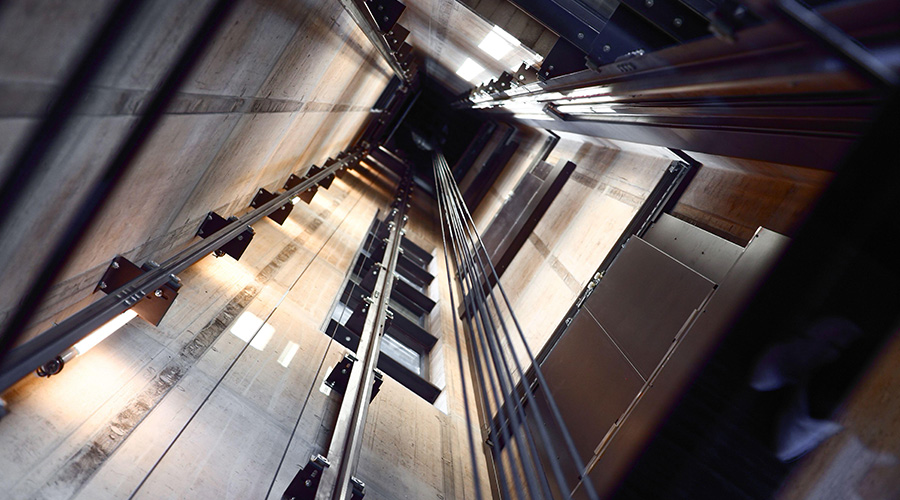
To Sustainability and Beyond: The BIT Building Program
Stephen Ward of Southface Insititute discusses the BIT Building program and how it can help with a facility’s sustainability efforts. February 22, 2024
By Jeff Wardon, Jr., Assistant Editor
As the push for more sustainable facility design ramps up, organizations find themselves looking for ways to either bake in or augment their facilities with more sustainable technologies. However, knowing where they are in their sustainability journey proves to be a challenge.
Programs such as Southface Institute’s BIT Building can act as a benchmark for that very purpose. To elaborate further, Stephen Ward, Program Manager, BIT Building; Facility Manager at Southface Institute, will be presenting the session “Every Building Counts: Sustainability Without Limits” at NFMT 2024 in Baltimore from March 12 to 14.
Facilities Net: How does Southface Institute's BIT Building program address the challenge of only 40 percent of existing buildings qualifying for green building certification programs, leaving the other 60 percent without a clear path to sustainability?
Stephen Ward: So, by design, LEED and other programs tend to have a certain performance threshold in order just to qualify. For LEED, you must have an Energy Star score of 60 or above. For others, there are no qualifying performance thresholds, meaning you can start with the Energy Star score of one.
It does not matter what your building's age is, meaning you do not have to pay for certain upgrades to qualify. It does not matter. Again, it is performance-based and so it is just an on ramp to learning how to do better to hopefully one day qualify for more stringent programs. It allows folks to get their feet wet and kind of remove the veneer that sustainability is this complicated thing that only A-class buildings can achieve.
It does not require a team of engineers to do some overly complex calculations in order to provide a submission. Everything is really focused for the facility manager or the operator and tools that they have readily available. It again, it just removes the usual higher barriers to entry that other green building certifications have and tries to meet people where they are by saying whatever your performance is, let us help you do better.
FN: Can you elaborate on BIT Building's framework and how it provides science-based data to ensure quality reporting?
Ward: We have been around for 45 years and so we are a science-based organization. BIT is one of our newest programs and it takes what we have always been doing. We are in the sustainability consulting business, and we have helped folks learn how to design buildings more sustainably.
We are a team of engineers. We have checks and balances in place to ensure things are how we say they are through data. So, it is built off Energy Star which builds off LEED which builds off larger organizations that have standards. It also says those work, so let's build off those and ensure that our audience is benefiting from that knowledge along with our team of engineers.
FN: Could you provide insights into the digital infrastructure of BIT Building's suite of tools?
Ward: So, we have an online data tracking tool to help you monitor your energy, water and waste performance and then use its tools to do better. Part of it is a dashboard that allows the tracking piece while the other are the 16 best practices that can be tied into four buckets. The first is understanding performance through data tracking. The second is understanding your current operations performance through energy, water waste and indoor air quality auditing. The third one is taking all that info, so the data trends and your audits can be used to make a plan to do better. The fourth step is implementing that plan and so all of that is operationalized using the BIT platform.
We have it set up to speak to building operators and facility managers, folks like that who tend to want to have very clear guidance on what they are being asked to do. So, we have a feature on there where at any point if you are stuck in your journey, there is a next best action button that you can hit. It will then take you to the furthest point in your certification journey that you have completed. There are energy, water waste and IAQ hunting tools already on the platform. This is because we want to remove the barrier of being unbale to do an energy audit now because you have to get the bids for it and then the bids must be approved. Even then, they may not be approved until next year's budget cycle, and so you are just going to keep operating as normal until someone tells you different.
So, we have a feature that allows folks to do a self-audit and give them a more guided sense on where they can make improvements until they can get an ASHRAE audit done. We are just trying to keep folks moving forward using the tools available in BIT to help them do better without having to wait for outside help.
Again, the dashboard piece is part of that continuous improvement because it allows you to track on a regular basis if these efficiency improvements are having any effect. So you could use the dashboard for as long as you need to ensure that you are continuing to do better. However, if you are not, then revisit a past best practice to help tweak your operations performance to keep doing better.
To learn more about sustainable operations and the BIT Building program, be sure to check out Ward’s session at NFMT 2024. Register for NFMT here.
Jeff Wardon, Jr. is the assistant editor for the facilities market.
Next
Read next on FacilitiesNet












